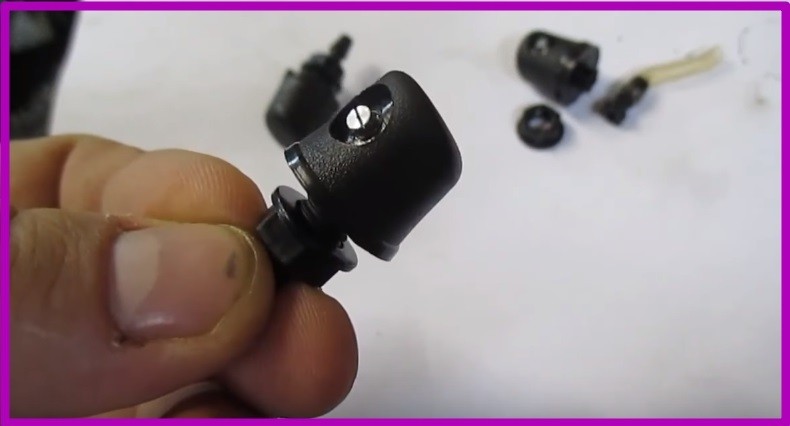
Symptoms of a Faulty or Faulty Windshield Washer Reservoir
Content
Common signs include fluid leaking from under the vehicle, washer fluid not spraying or falling frequently, and a cracked reservoir.
Contrary to popular belief, a windshield washer reservoir does not usually wear out over time. They are made from high quality plastic that can literally last forever and has been around since the mid 1980s. When it's damaged, it's usually due to an accident, water getting inside instead of windshield washer fluid, or user error. A fully functional windshield washer system is critical to your safety. Therefore, when there is a problem with any component that makes up this system, it is very important to repair or replace it as soon as possible.
In modern cars, trucks, and SUVs, the windshield washer reservoir is usually located under several parts of the engine, and the filler tube is easily accessible from both the driver's and passenger's sides. Wipers are clearly marked on it so that it is not confused with a coolant expansion tank. Inside the reservoir is a pump that delivers washer fluid through plastic tubes to the washer nozzles, and then evenly sprays it onto the windshield when the system is activated by the driver.
If your windshield washer reservoir is broken or damaged, there will be several symptoms or warning signs to alert you to the problem. If you notice these warning signs, it is recommended that you contact an ASE certified mechanic to have your windshield washer reservoir replaced as soon as possible.
Here are a few warning signs that could indicate a problem with your windshield washer reservoir.
1. Fluid leak from under the car
In older vehicles where the windshield washer reservoir is installed near the vehicle's exhaust system, over time the high heat can cause the reservoir to crack and leak. However, the most common cause of a cracked reservoir is due to owners or mechanics pouring water into the unit rather than clean washer fluid. When temperatures drop below freezing, the water inside the tank freezes, causing the plastic to harden and crack when thawed. This will cause fluid to flow out of the washer reservoir until it is empty.
If you try to turn on the washer pump with an empty tank, maybe; and often leads to the fact that the pump burns out and requires replacement. That's why it's important to always fill your washer reservoir with washer fluid only to avoid this potential problem.
2. Washer fluid does not splash onto the windshield.
As noted above, the heart of the washer is the pump, which supplies fluid from the reservoir to the nozzles. However, when the system is on and you can hear the pump running but no fluid is spraying onto the windshield, this could be due to a broken reservoir that has drained all of the fluid due to damage. It is also common, especially when using water, that mold forms in the tank, especially near the outlet where the pump attaches to or draws liquid from the tank.
Unfortunately, if mold has formed in the reservoir, it is almost impossible to remove it, so you will have to hire an ASE certified mechanic to replace the windshield washer reservoir and often fluid lines.
3. Windshield fluid is often low or empty.
Another sign of a damaged washer reservoir is that the reservoir is leaking either from the bottom or sometimes from the top or sides of the reservoir. When the tank is cracked or damaged, fluid will flow out without activating the system. You will notice this if you look under the car and see a blue or light green fluid, usually near one of the front tires.
4. Cracks in the tank
During scheduled maintenance, such as an oil change or a radiator change, most local workshops will fill you with windshield fluid as a courtesy. During this service, the technician often inspects the tank (if able) for physical damage, such as cracks in the tank or supply lines. As stated above, cracks usually cause fluid to leak and cannot be repaired. If the windshield washer reservoir is cracked, it must be replaced.
If you notice any of the above symptoms or warning signs, or if your windshield washer just isn't working properly, contact your local ASE certified mechanic as soon as possible so they can check the entire system, diagnose the problem, and repair. or replace the broken one.

